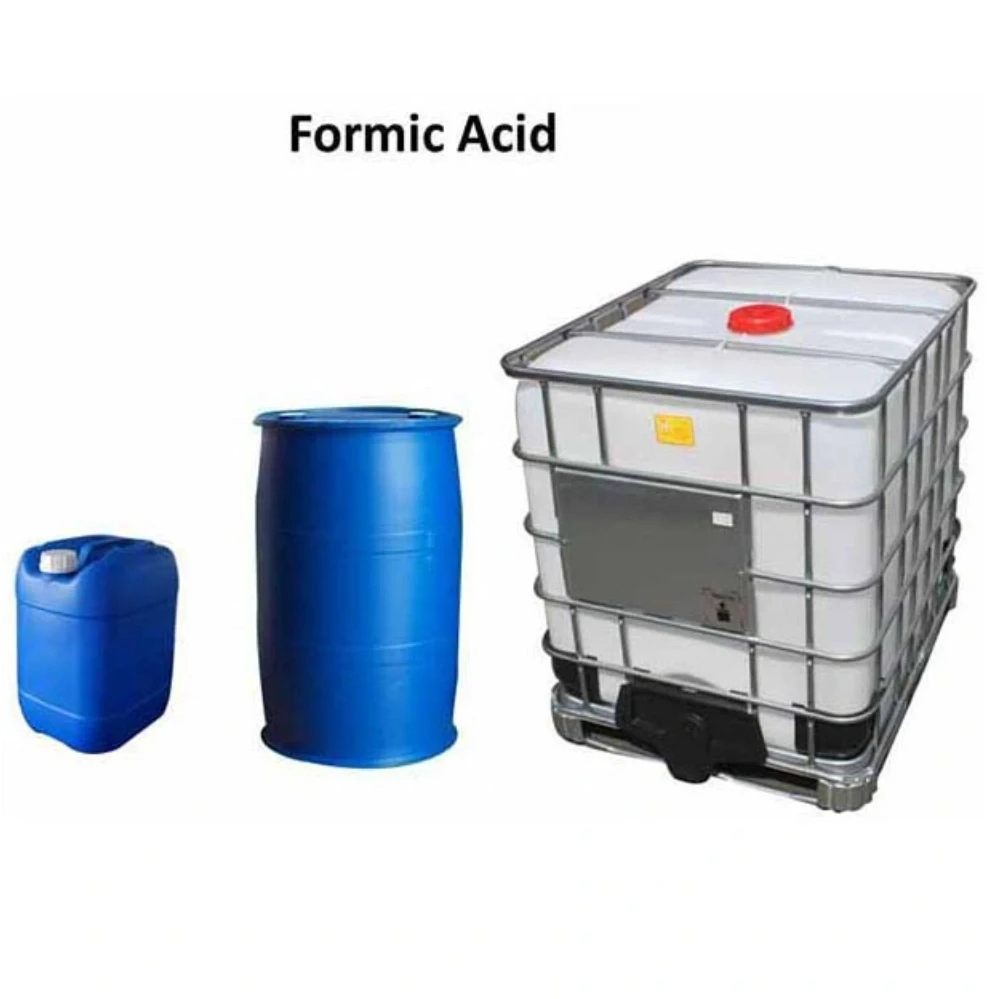



different types of agrochemicals
Different Types of Agrochemicals Enhancing Agriculture for a Sustainable Future
Agrochemicals, also known as agricultural chemicals, are vital components in modern agricultural practices. They play a significant role in enhancing crop productivity, controlling pests, and improving the overall efficiency of farming operations. The use of agrochemicals has become increasingly prevalent in the quest to meet the food demands of a growing global population. This article discusses the different types of agrochemicals, their functions, and the implications of their use in agriculture.
Pesticides
One of the most well-known categories of agrochemicals is pesticides, which include herbicides, insecticides, fungicides, and rodenticides. Pesticides are designed to protect crops from pests and diseases that can significantly impact yields.
1. Herbicides are used to control unwanted plants or weeds that compete with crops for nutrients and light. By eliminating these competitors, herbicides help to ensure that crops can thrive, ultimately leading to higher yields.
2. Insecticides target insect pests that can damage or destroy crops. They vary in their mode of action, with some disrupting an insect's nervous system while others inhibit growth or reproduction.
3. Fungicides protect plants from fungal infections that can cause diseases such as blight or mildew, which can devastate crops if left unchecked.
4. Rodenticides are employed to deter or kill rodents that may feast on crops and stored grains.
While these products can be effective, their indiscriminate use may pose risks to non-target species, including beneficial insects, birds, and even humans. Therefore, integrated pest management strategies that combine chemical and non-chemical methods are essential for sustainable agriculture.
Fertilizers
Fertilizers are another crucial type of agrochemical that provides essential nutrients to plants. They can be categorized into two main types organic and inorganic (synthetic) fertilizers.
different types of agrochemicals

1. Organic fertilizers originate from natural sources such as compost, manure, and other organic materials. They improve soil health by adding organic matter and enhancing its structure, which benefits plant growth.
2. Inorganic fertilizers, however, are manufactured through chemical processes and are primarily composed of minerals like nitrogen, phosphorus, and potassium. They offer targeted nutrient delivery and can lead to rapid plant growth.
The proper use of fertilizers is critical, as excessive application can lead to nutrient run-off into water bodies, causing issues like eutrophication and pollution.
Growth Regulators
Growth regulators are another important class of agrochemicals. These substances influence the growth and development of plants. They can alter growth patterns, improve fruit set, or enhance flowering. For example, plant hormones such as auxins and gibberellins are often used in various agricultural practices to improve yield and quality.
Biopesticides and Biofertilizers
With growing concerns over the environmental impact of synthetic agrochemicals, there’s an increasing shift towards biopesticides and biofertilizers.
1. Biopesticides are derived from natural materials, including plants and microorganisms. They tend to be less harmful to the environment and can provide effective pest control without the negative side effects commonly associated with synthetic pesticides.
2. Biofertilizers are substances that contain living microorganisms, which promote plant growth by increasing the availability of nutrients in the soil. These products leverage natural processes to enhance soil fertility and crop yields sustainably.
Conclusion
In conclusion, while agrochemicals play a critical role in modern agriculture by improving productivity and controlling pests and diseases, their use comes with responsibilities. Farmers and agricultural stakeholders must carefully select and apply these chemicals to minimize environmental impact while maximizing crop yields. The future of agriculture will likely rely on a balanced approach that integrates traditional practices with innovative solutions, fostering a sustainable agricultural system that ensures food security for generations to come.
-
Why Sodium Persulfate Is Everywhere NowNewsJul.07,2025
-
Why Polyacrylamide Is in High DemandNewsJul.07,2025
-
Understanding Paint Chemicals and Their ApplicationsNewsJul.07,2025
-
Smart Use Of Mining ChemicalsNewsJul.07,2025
-
Practical Uses of Potassium MonopersulfateNewsJul.07,2025
-
Agrochemicals In Real FarmingNewsJul.07,2025
-
Sodium Chlorite Hot UsesNewsJul.01,2025










